Mastercard’s inclusivity pivot: How India shaped the fintech co's evolution
Mastercard has evolved in recent years to be more inclusive, leading it to launch products and services that cater to what people call Bharat, said Gautam Aggarwal, Division President, South Asia & Country Corporate Officer, India, in an interview with YourStory Founder and CEO Shradha Sharma.


Mastercard, which for most part of its 40 years in India has focussed on the relatively richer population in urban areas, has evolved in recent years to be more inclusive, said Gautam Aggarwal, its Division President, South Asia & Country Corporate Officer, India.
“The India story, if you think about it, for the 40 years that we been here, for the first 30 years, cards have only penetrated 4-5% of retail payments in the country. That's because the focus was urban. The focus was affluent, semi-affluent,” said Aggarwal, in an interview with YourStory Founder and CEO Shradha Sharma.
The shift for Mastercard has taken place in recent years, with the coming in of new technologies and products such as UPI and RuPay. They are the reasons why “India is a big contributor of digital payments today, right? And that's because it's become inclusive. And so, the learning that India has given to the world is that an inclusive platform that can scale is the only thing way to scale.”
While travel and hotels were the “easy” use cases for Mastercard for a long time, Aggarwal said, the evolution to inclusivity has led it launch “products and services that cater to what people call ‘Bharat’.” These include the recently launched NFC sound box and a digital marketplace for farmers.
“You know we have this entire programme called Strive in India, which allows us to provide that inclusive platform. That was not what we were focused on in the past,” he said.
There’s space for everyone
After living outside the country for 24 years, Aggarwal came back two years ago to run Mastercard India. “When this opportunity came to me, it didn’t take me more than a second to say I’m gonna take it.” But the biggest challenge for him was the chatter in social media and the press about how the coming of UPI has sounded the death knell for payment networks.
“I saw (this) as a challenge and opportunity,” said Aggarwal. “The reality is, there is enough opportunity for all of us to be in this space. There's enough opportunity for us to create innovative products and digitised payment use cases. So, to me that narrative was a challenge.”
His point is, every product has a role. “There is no shame in me saying this that, even as a person who uses Mastercard and who is a heading Mastercard in India, there are certain payments that UPI is better suited for. I am not going to take my card out for a Rs 20 ice cream, right?”
Aggarwal used a train analogy to illustrate his point. “A metro train is also a train. A malgadi (a goods train) is also a train. A Shatabdi is also a train. The Bombay-Ahmedabad high-speed corridor is also going to be a train. But they are all different forms of train and they serve different purposes.”
Likewise, he said, “Cards enabled payment use case digitisation for travel primarily for the first 20-30 years in this country. They were not able to digitise low-value payments (in the kirana stores, for example). UPI has enabled that. Now UPI cannot do offline payments. That is why we talking about digital currency.” So, he said, “The question to ask is how can we continue as an ecosystem of payment service providers to go and digitise more payment use cases.”
The opportunity beyond payments
The continuing significance of cash and cheques is reason enough for Aggarwal to believe in still-large scope for digitisation in India’s payments landscape. “We need to stop obsessing about having another fintech that will do another form of payment. Or lending also,” he said, citing digitisation of healthcare, alternative ideas for assessing creditworthiness of small businesses, and cyber security as areas of opportunity.
Cash management for small and medium enterprises is a similar opportunity. India has 80-85 million SMEs, whose fortunes directly impact hundreds of millions of lives and drives the economy. Aggarwal said their ability to get funding credit is a big opportunity.
“And if we can help them in getting access to credit, we can help them do better with their cash management, that is very close to the business that we are in.” But beyond that, “Can SMEs get insights using their own data or other data to do a better job of upselling, cross-selling?"
Unlike the Amazons of the worlds, SMEs don’t have access to big data or analytics power. But if there are platforms, he said, that can provide SMEs with such data, they can be more efficient, especially given that they work with thin margins.
“it's very hard for me to operate as an SME in India, in any part of the world by the way. So, how can we give them the same level of intelligence that a big player has. That will be very important. Otherwise, it worries me will SMEs exist in the form they exist in India today,” said Aggarwal.
The case for inclusivity
India, he said, has changed in the recent decade-and-a-half—there’s a sense of national pride now, which wasn’t there before; there’s innovation, there’s growth, and the world wants to do business with India. And yet, Mastercard’s pivot to inclusivity rests on the fact that “there are still two Indias to serve. One that is being well served for the most part, and one that is huge opportunity.”
“If you see even today there are villages that are parts of Bharat where electricity is not there, where the internet connection is spotty, and people are still using feature phones, not data phones,” Aggarwal said. The difference becomes apparent when you take the example of e-commerce companies, many of which largely cater to urban India, and UPI usage, which is significantly lower in rural areas compared to urban ones.
He said, “We believe that ‘contactless’ is the way to pay in the future, but it has not penetrated in, forget rural India, even in urban India. So, if we want to really push for it, how do we get an affordable contactless payment system that will work for Bharat? So, we focus on that.”
Under the Strive programme, Mastercard has helped 2.5 lakh SMEs become digitally savvy, and trained women to sell financial services. There is also a Community Pass programme, which is a digital marketplace where 2.5 million farmers are active. “These are all initiatives that if you would talk to somebody who knows Mastercard from 10 years ago, they wouldn't know that Mastercard would be doing all of these things.”
Aggarwal, who referred to Mastercard as “one of the original fintechs,” said the initiatives taken weren’t just for India. “Because problems in India around Bharat are true for sub-Saharan African, and for Latin America. We build global products; we build global chassis.”
The interlocking circles
While moving toward inclusivity, Mastercard still continues to have an aspirational ring to it. Questioned on it, Aggarwal said, For us, the word 'Mastercard' is not the brand actually anymore. If you notice in the last five or 10 years, we have actually dropped the word from our card. Mastercard is now a company name. The brand is actually those two interlocking circles.”
He said, “We did a bit of a global exercise where we said, "Okay, what does this interlocking circles mean?" to employees, and to our partners. And we got very different answers, and they all made sense?” Some said it’s a sign of infinity, and so it’s about infinite opportunities; others spoke about it bringing buyers and sellers together; some of them also spoke about the sign representing trust and safety.”
“But the story of what we can do today with Mastercard is what we like to talk about more,” said Aggarwal. “And to us it is not the word Mastercard. It's close to those interlocking circles.”





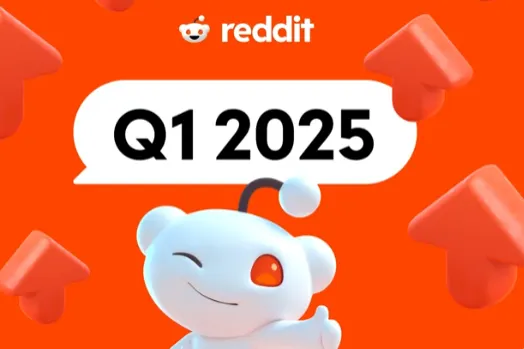
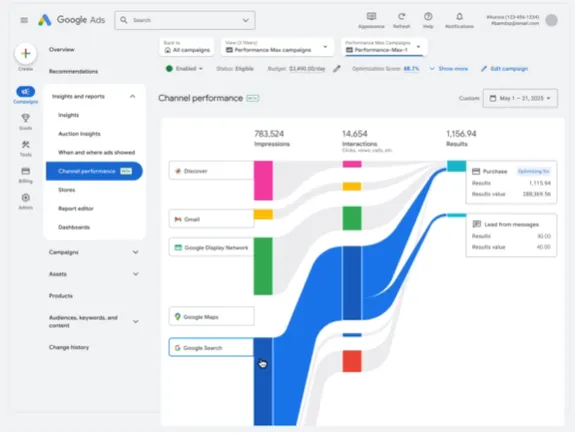
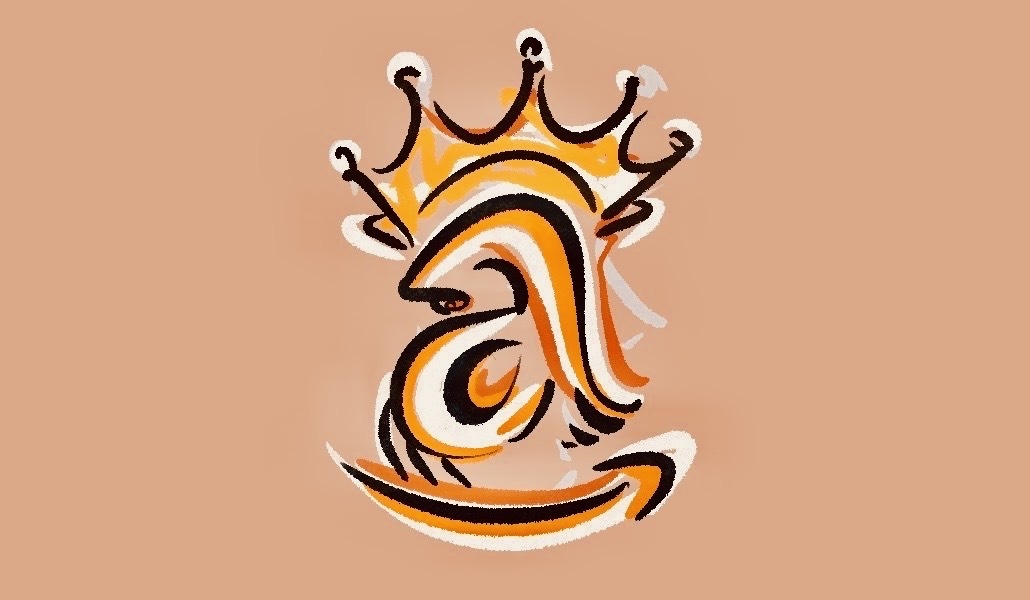













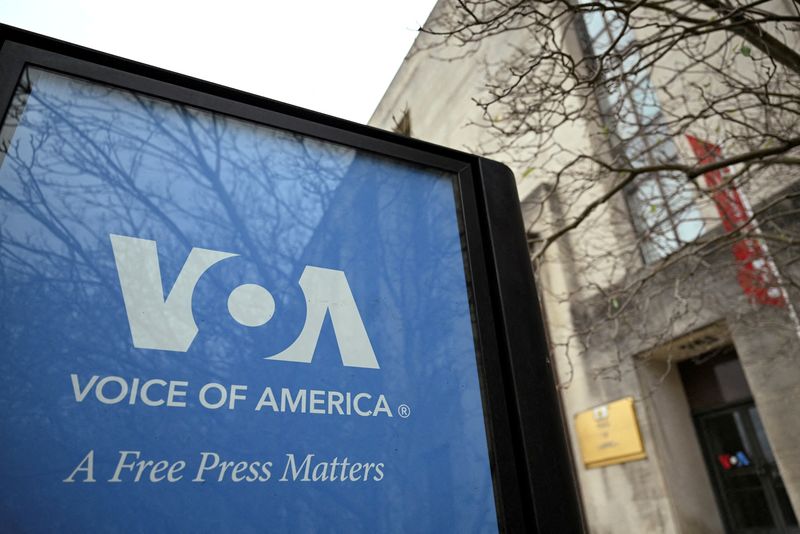







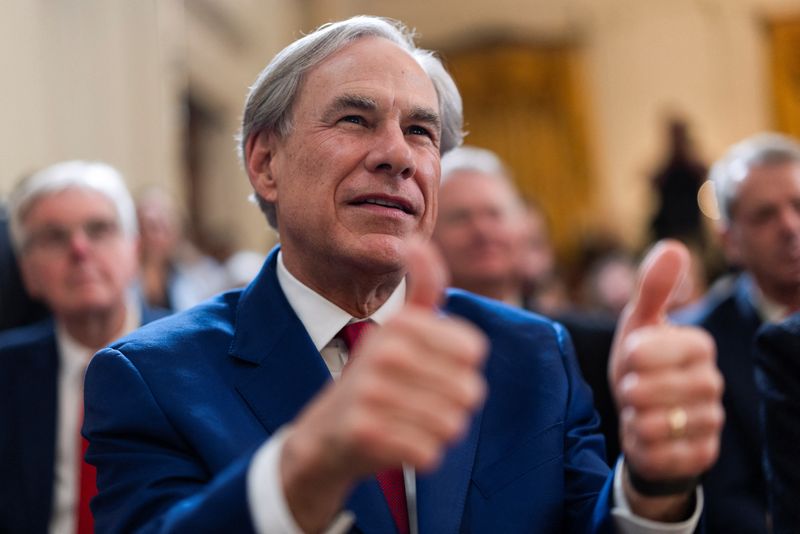
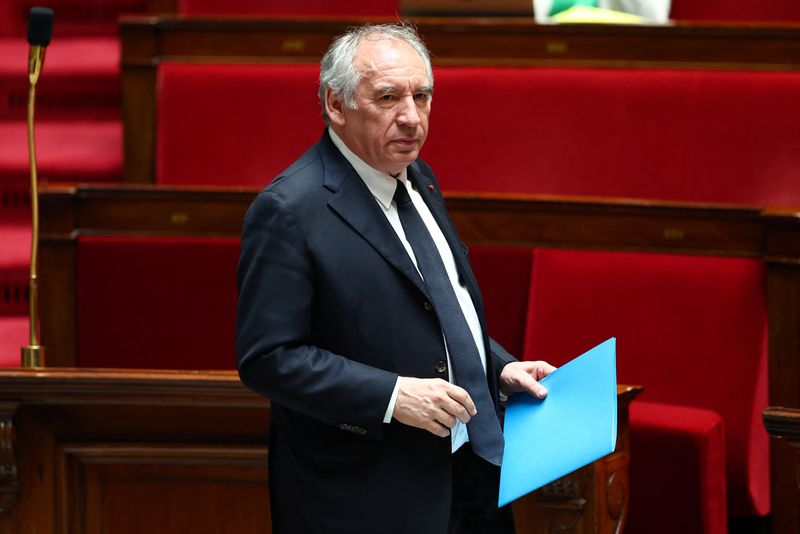
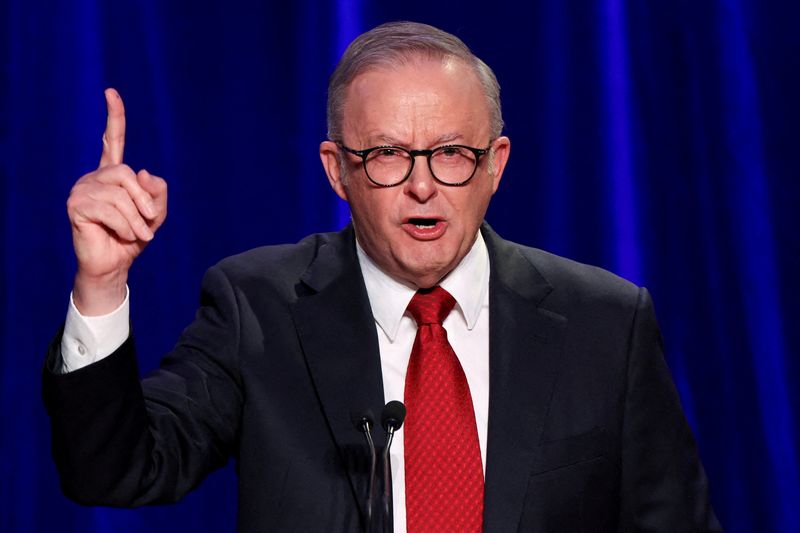





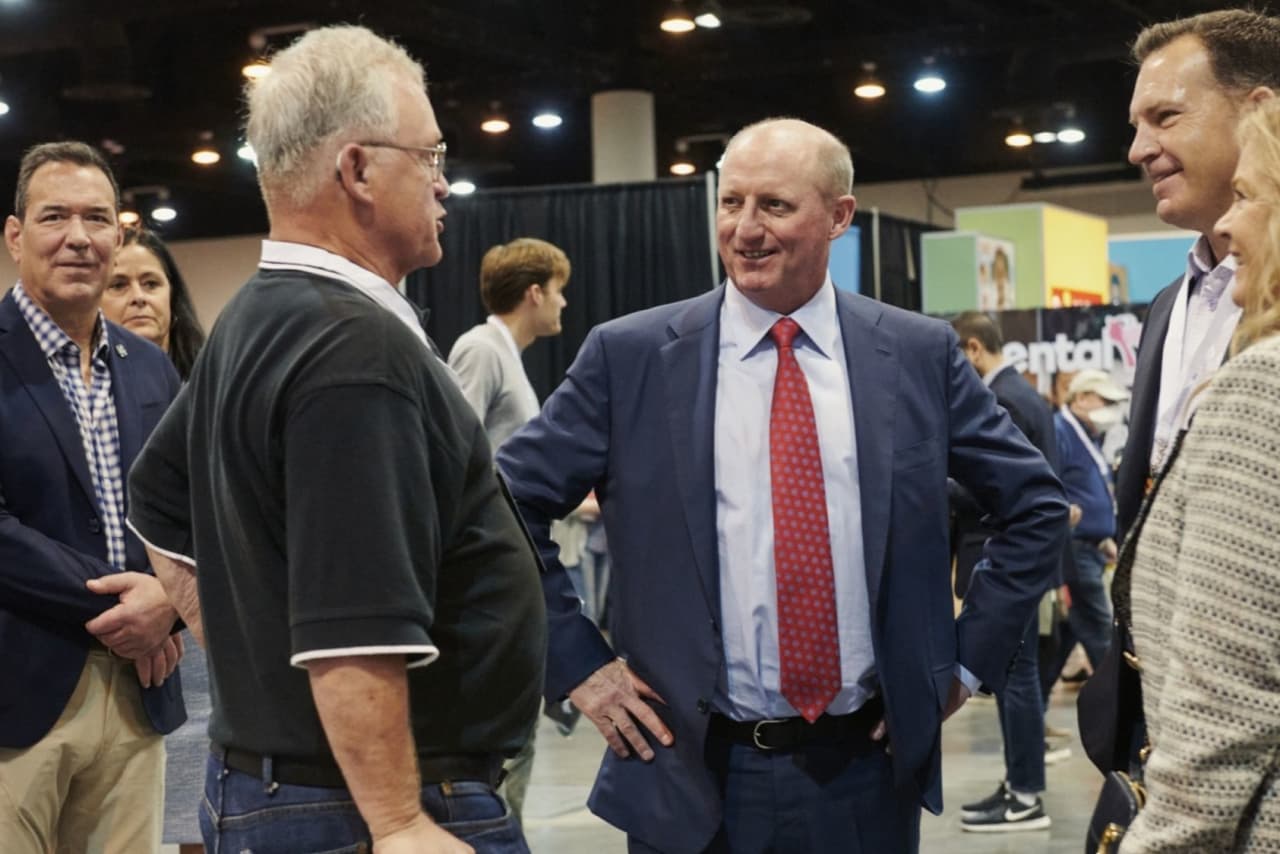

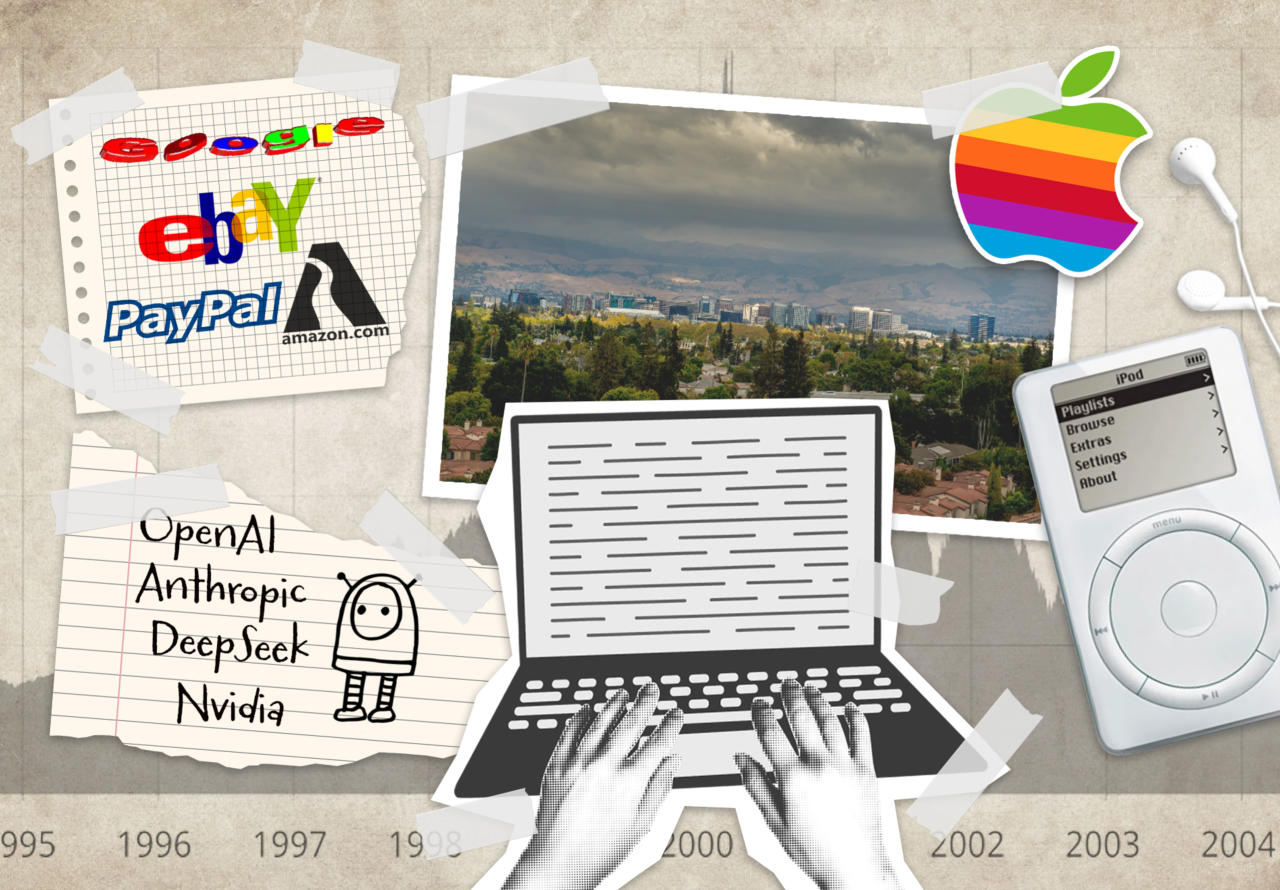
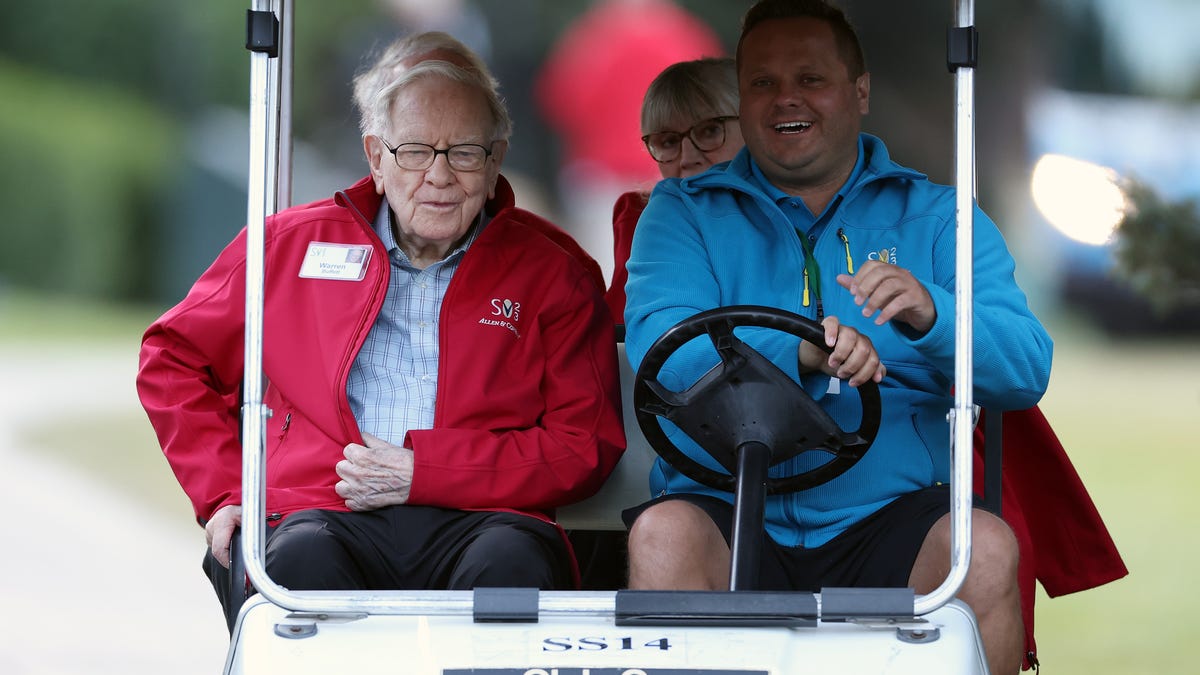

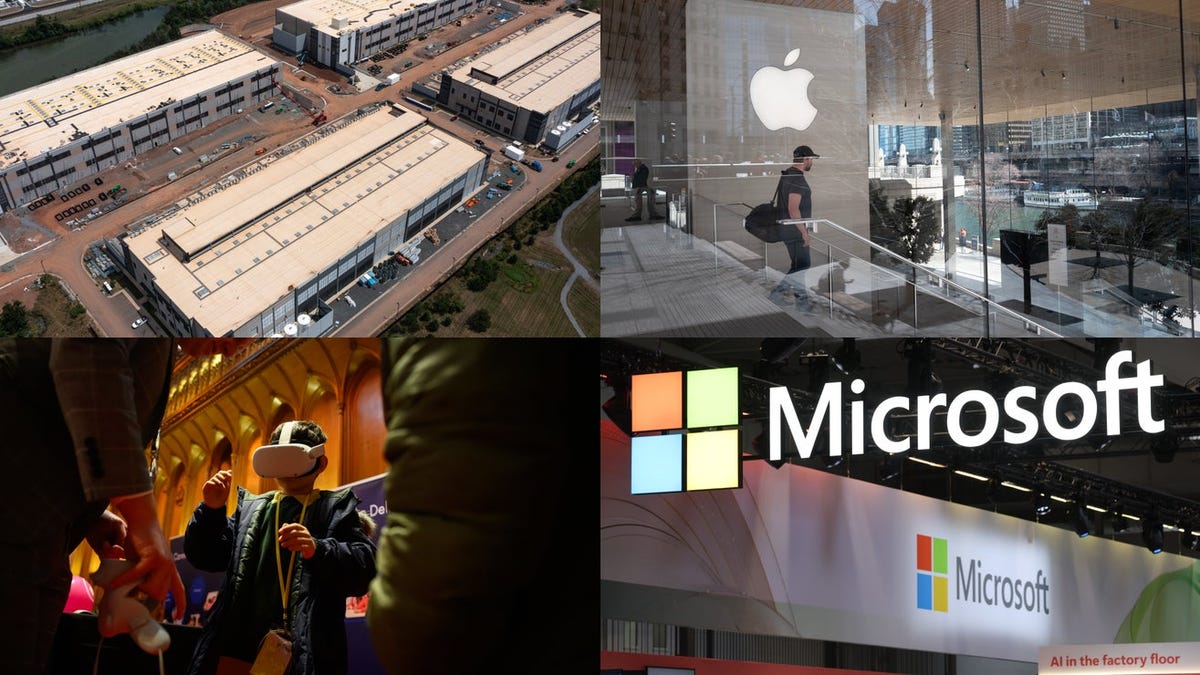
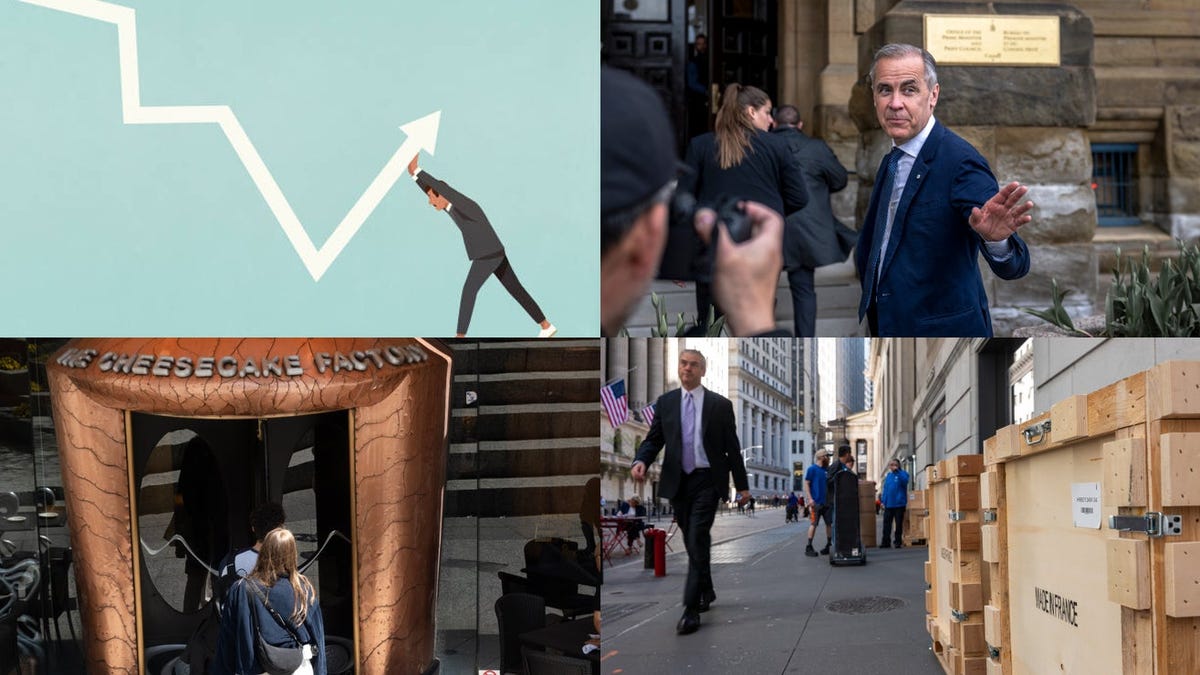






























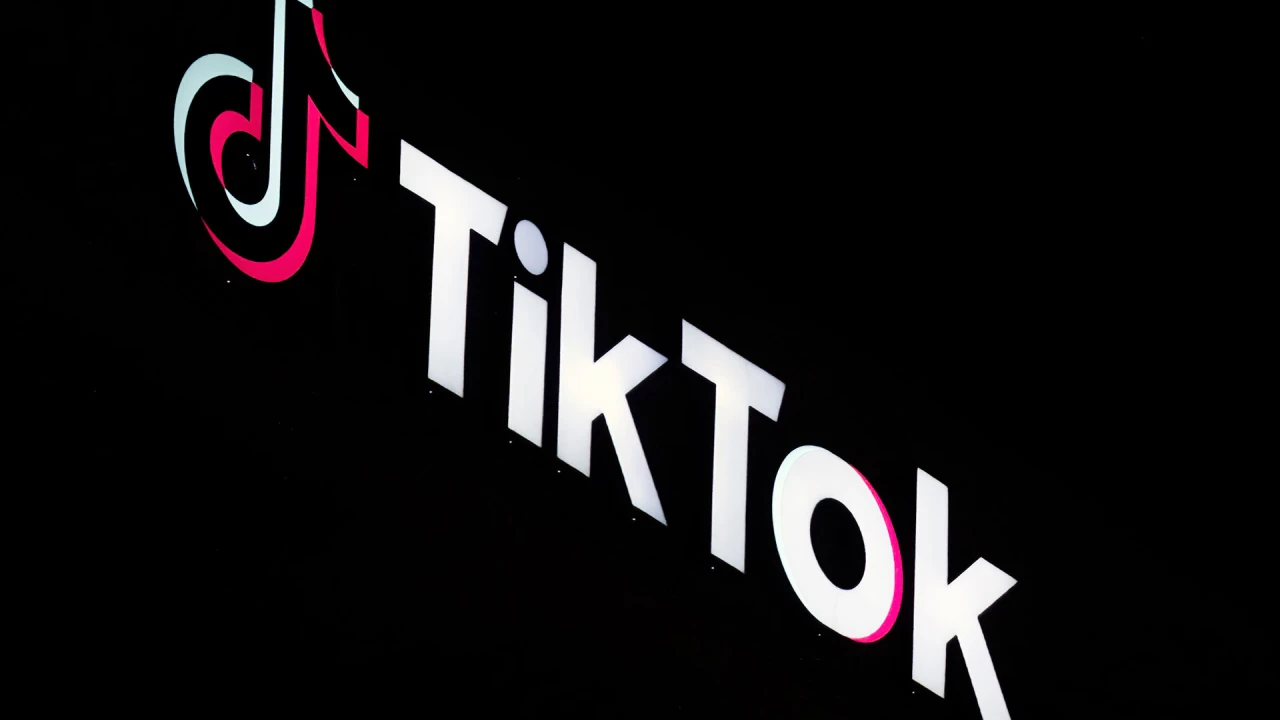
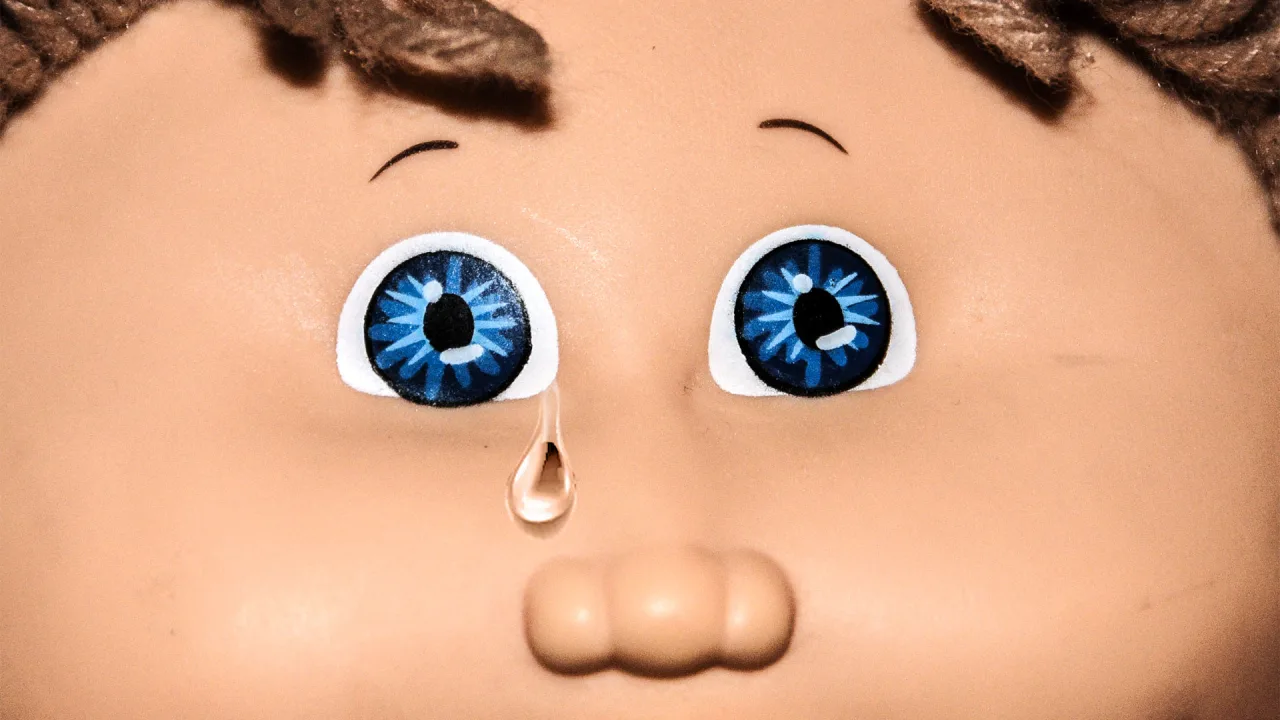
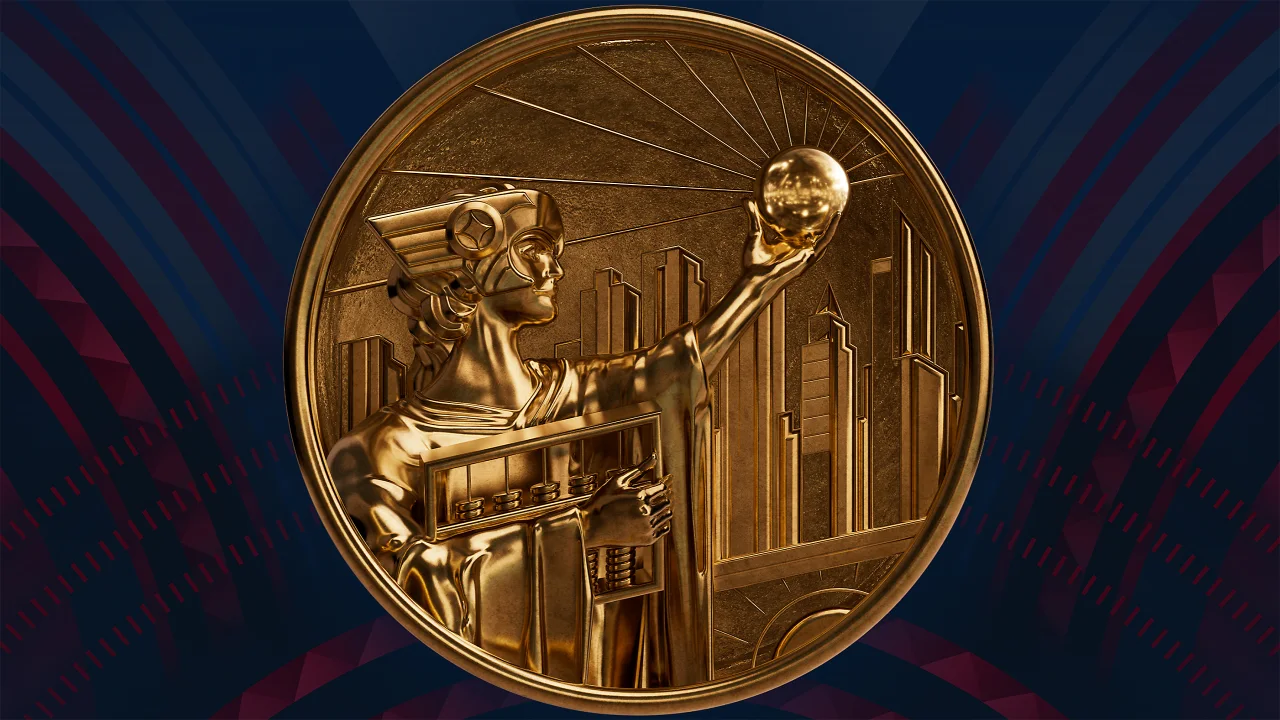







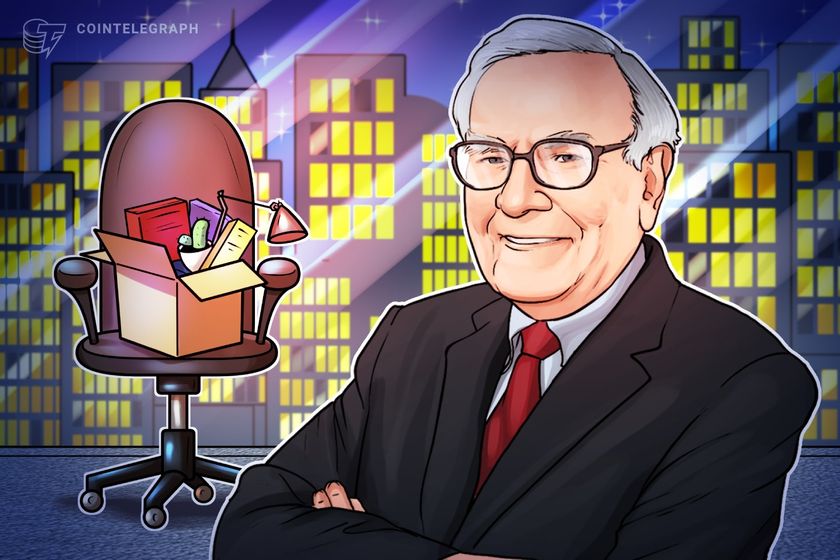








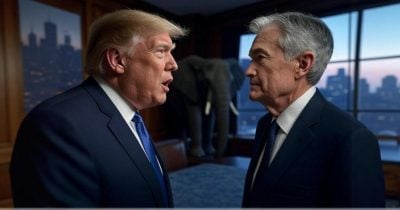









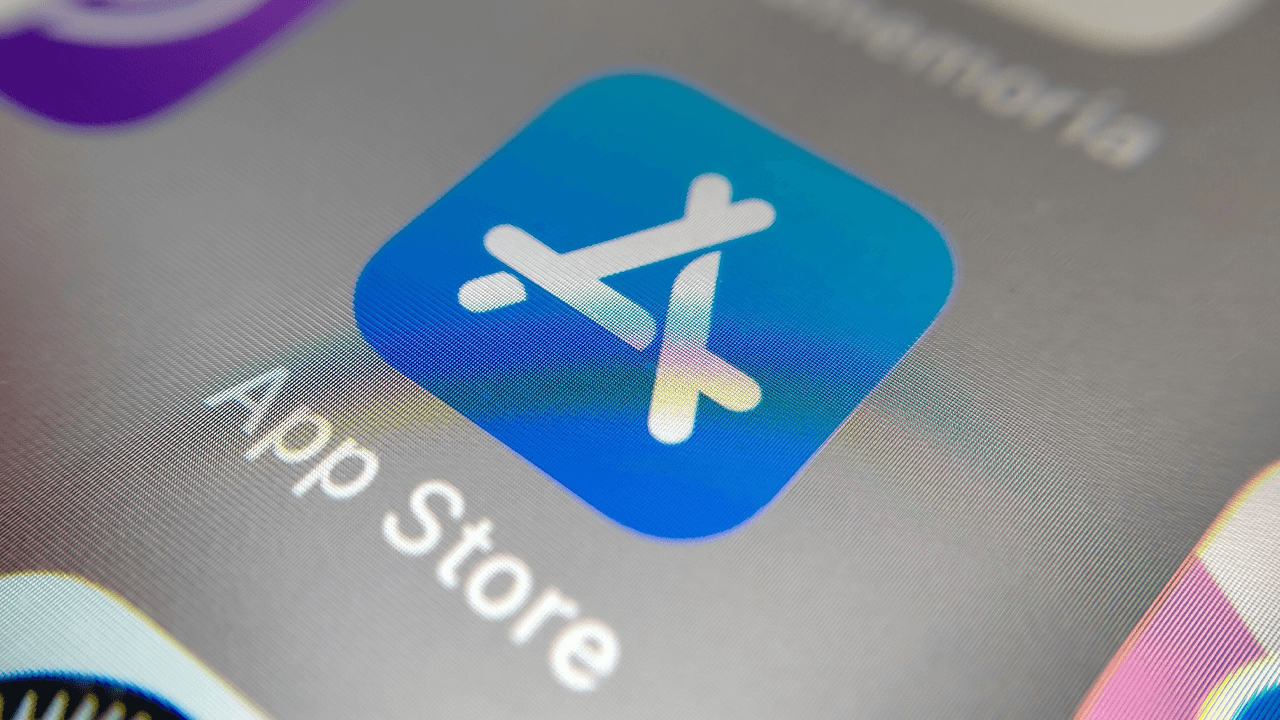
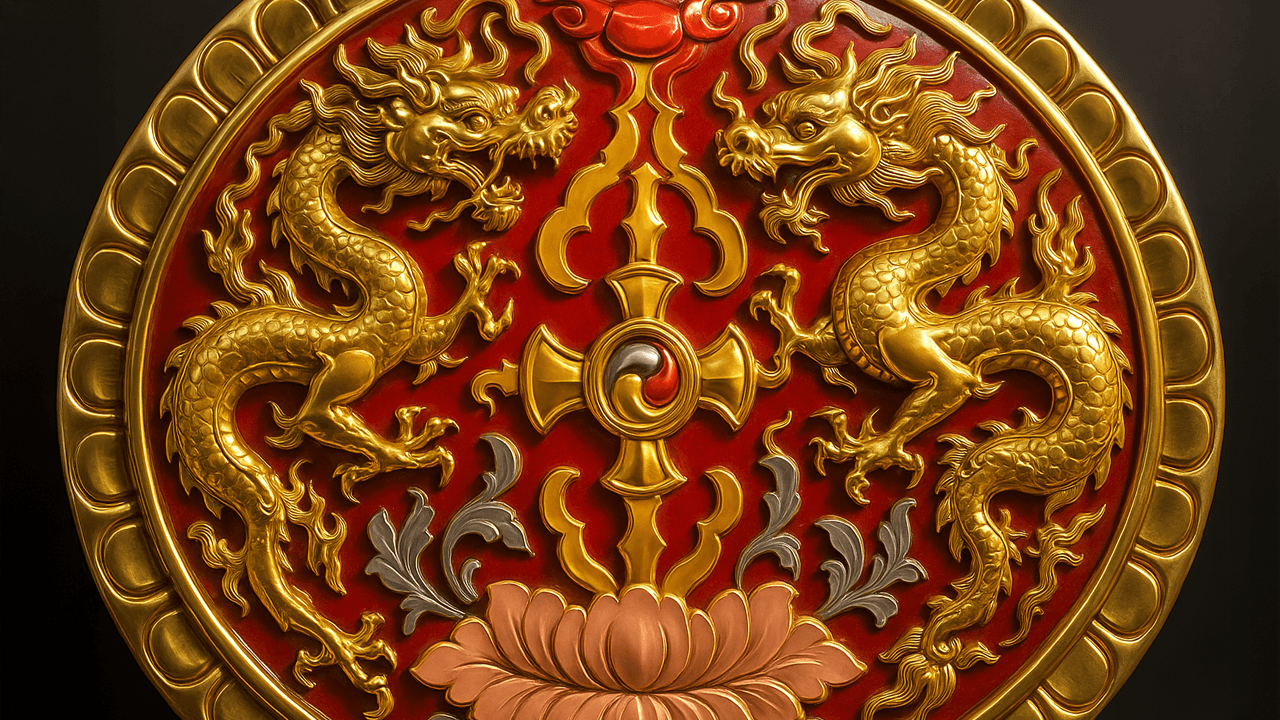
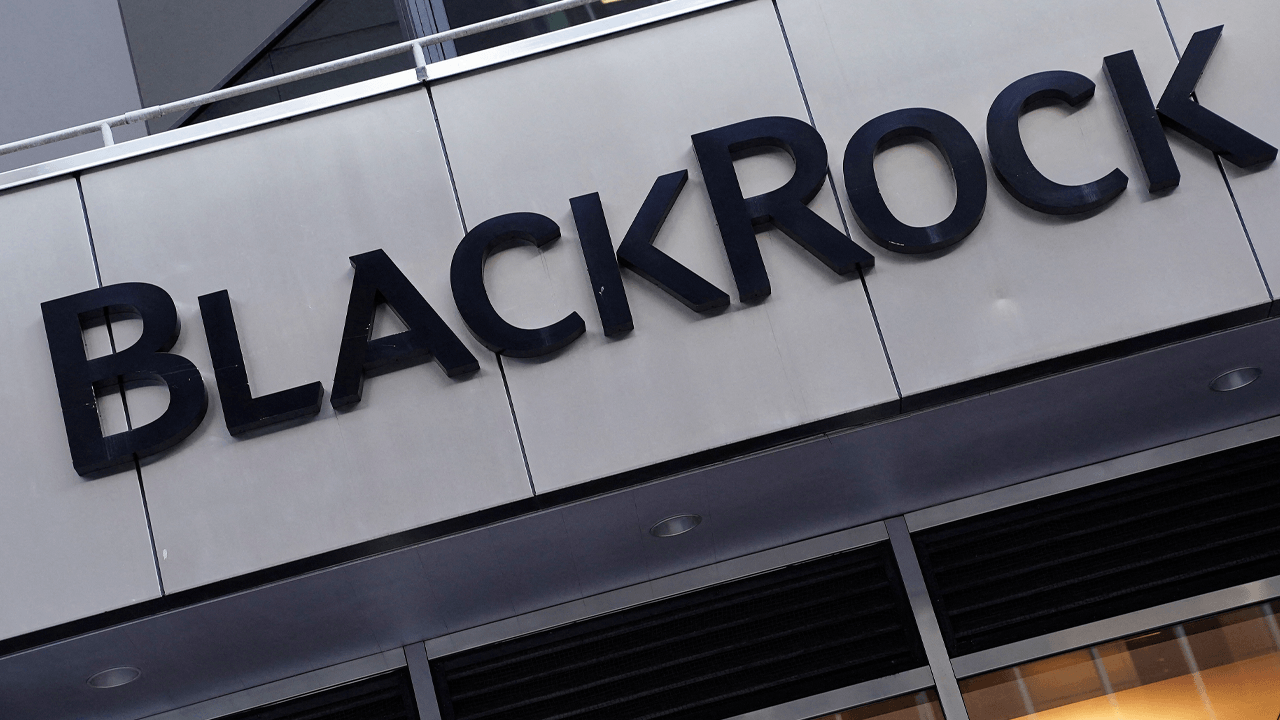
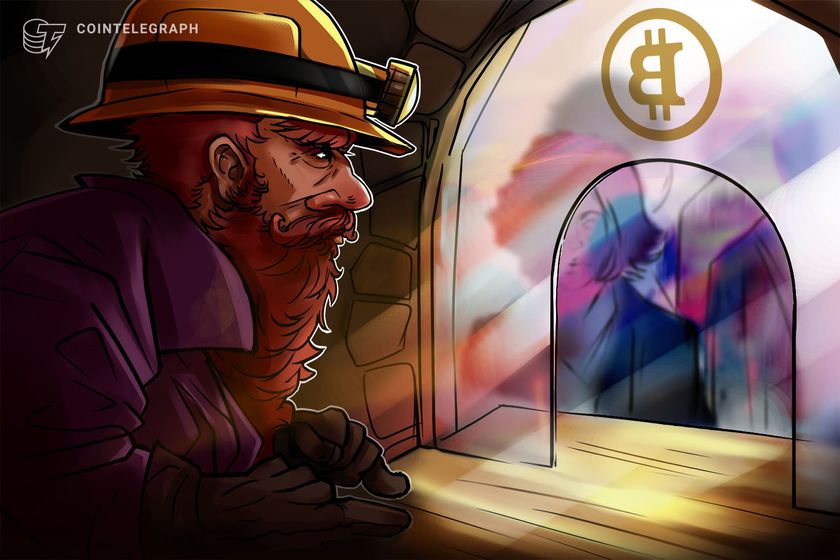
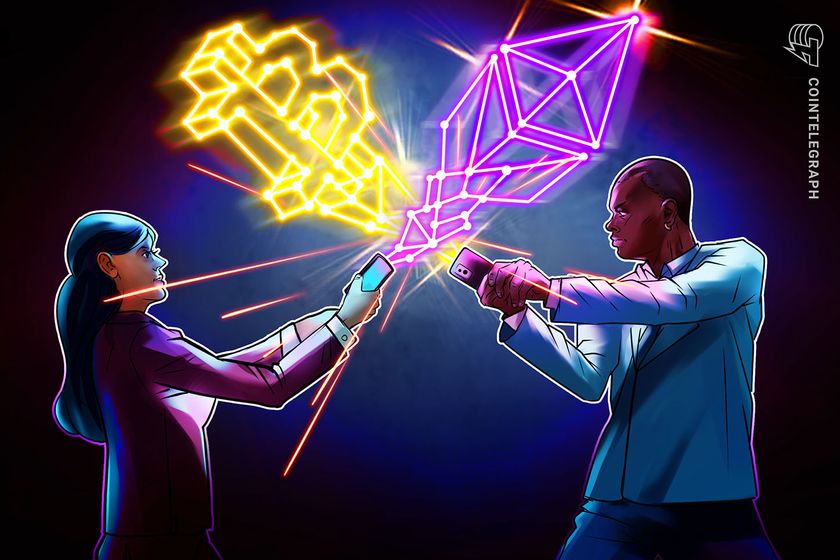
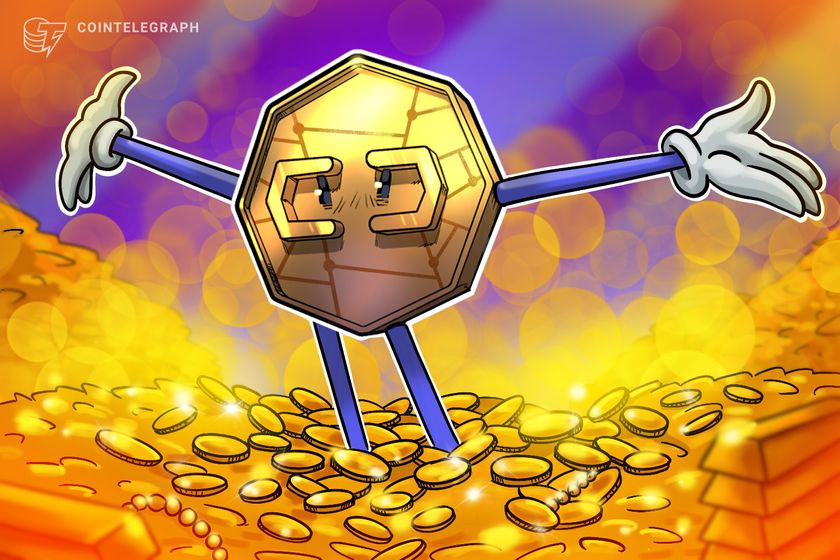


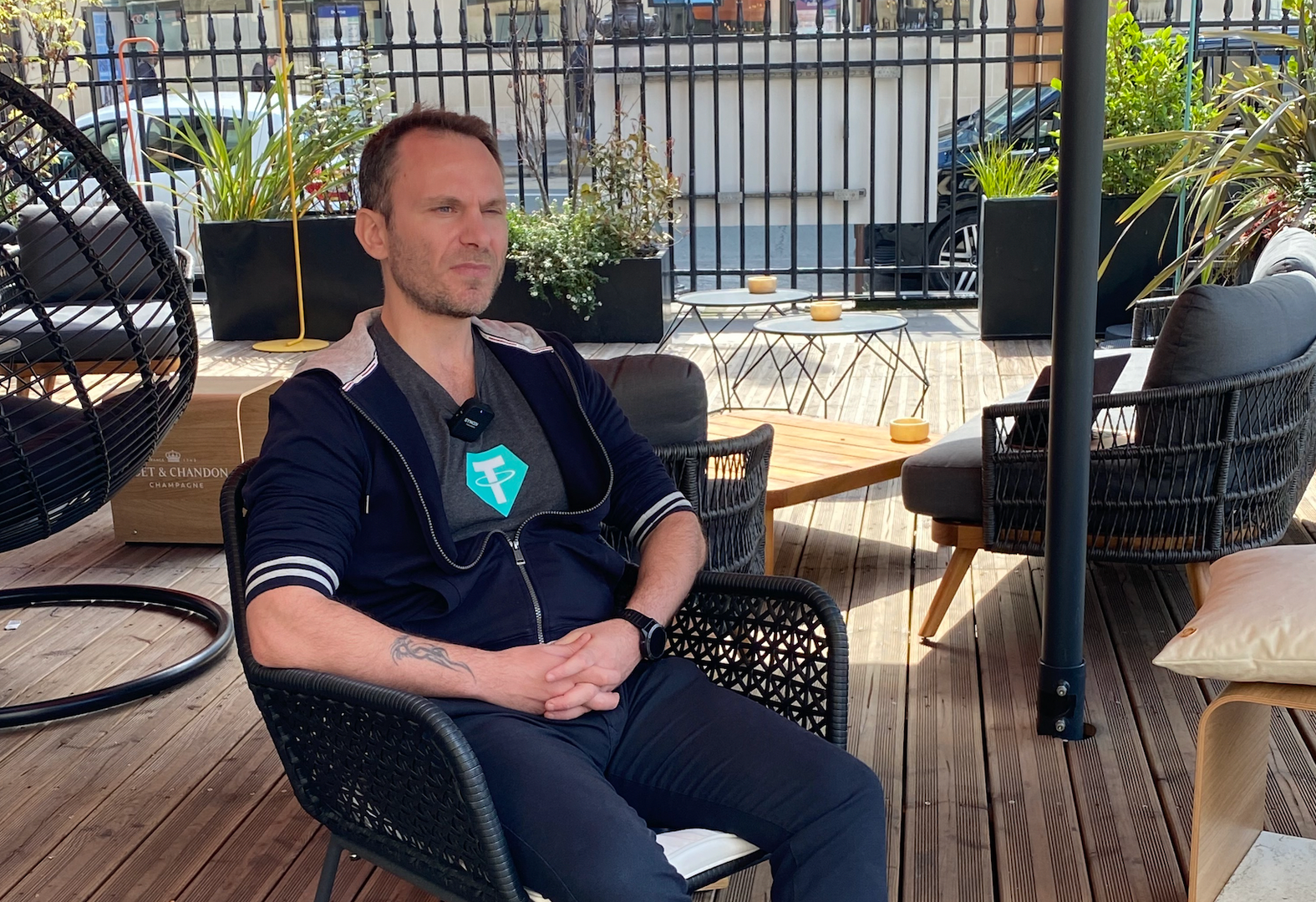




































































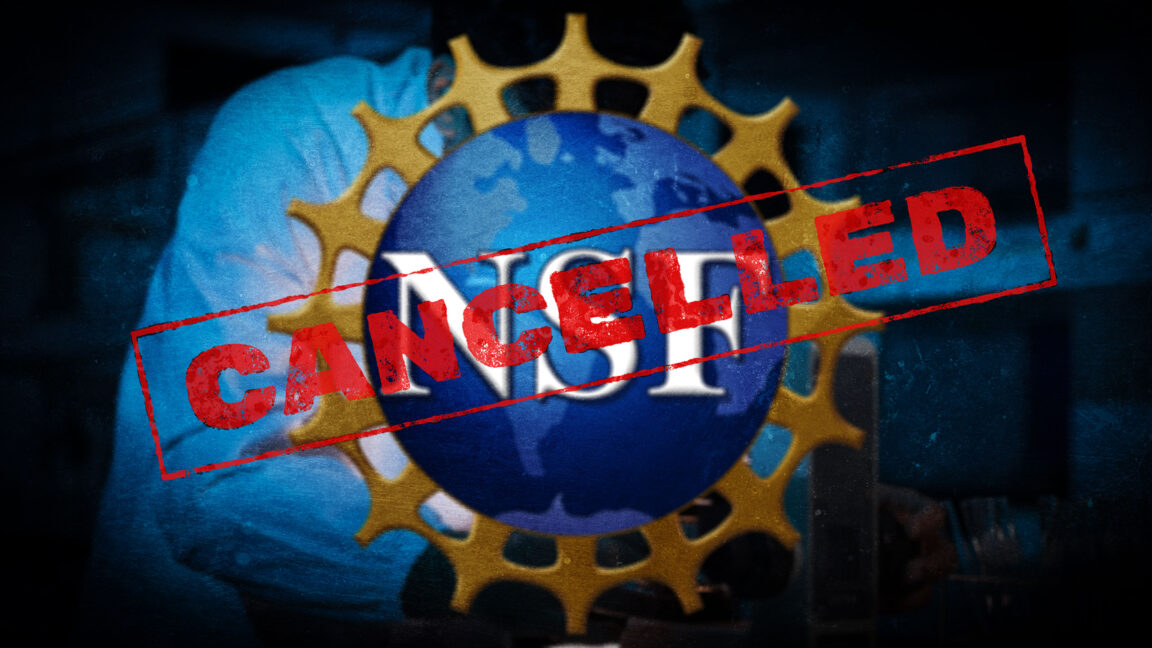


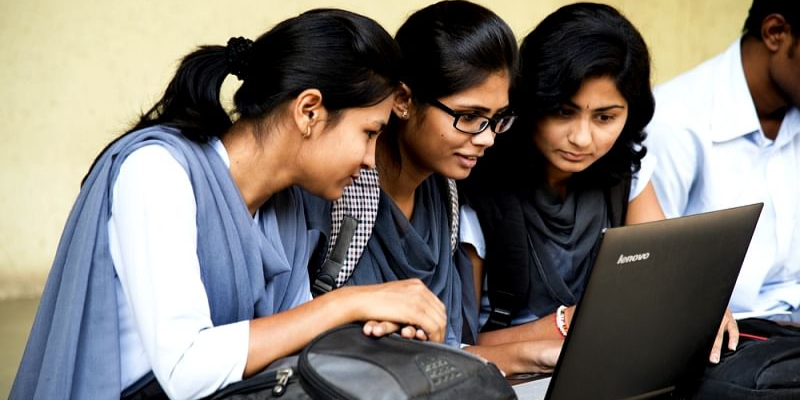
![[Weekly funding roundup April 12-18] VC inflow declines to 2nd lowest level for the year](https://images.yourstory.com/cs/2/220356402d6d11e9aa979329348d4c3e/WeeklyFundingRoundupNewLogo1-1739546168054.jpg)





